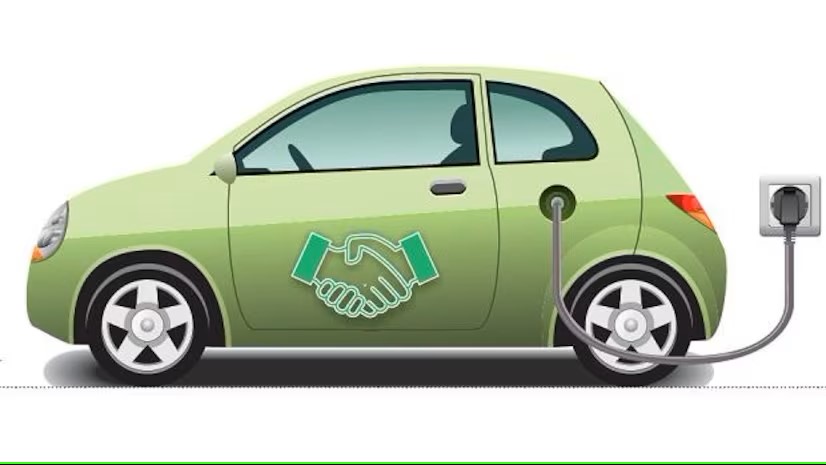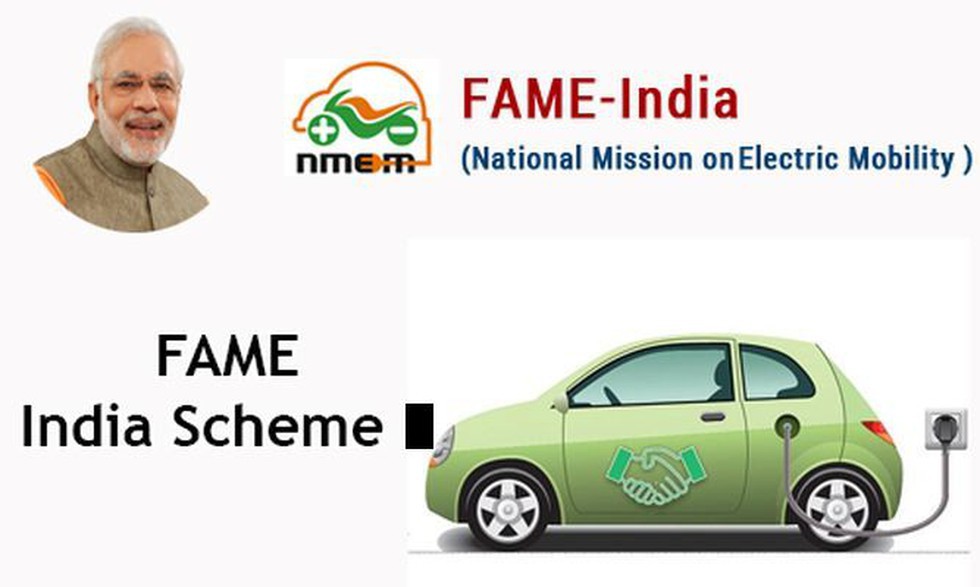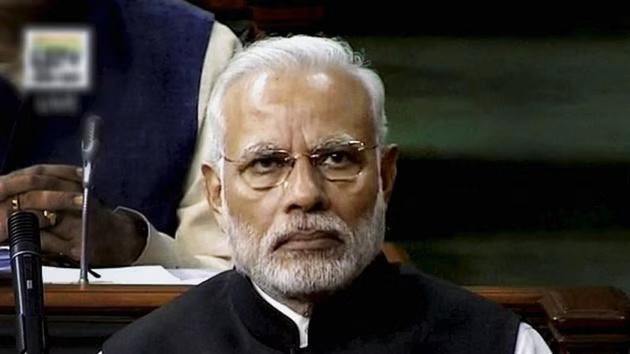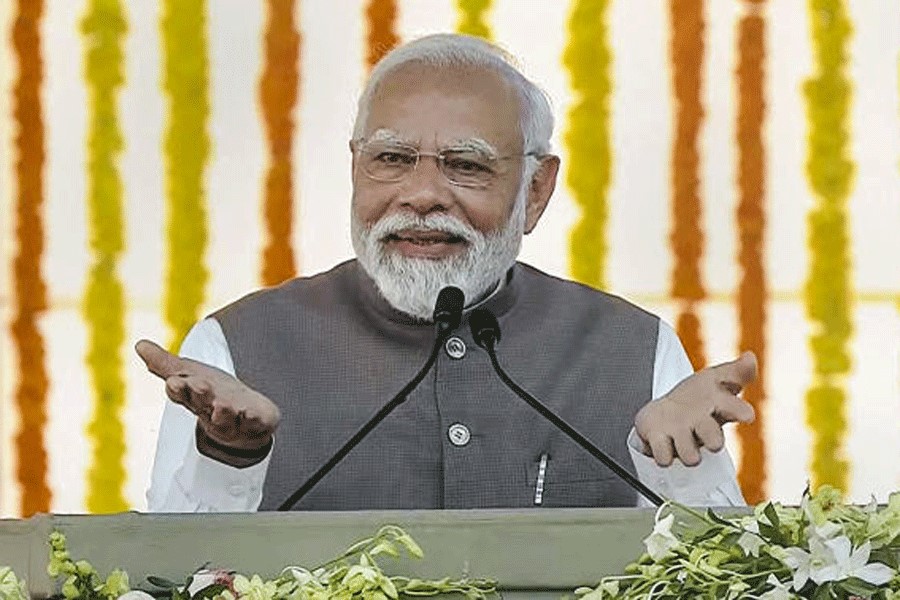The Indian government’s recent decision to inject an additional ₹1,500 crore into the FAME India Phase II scheme, bringing its total outlay to ₹11,500 crore, signifies a significant and timely boost for the country’s clean mobility ambitions. This move not only demonstrates a renewed commitment to accelerating the adoption of electric vehicles (EVs) but also addresses critical concerns around affordability and infrastructure, paving the way for a more sustainable transportation landscape.
 At the heart of the increased budget lies an allocation of ₹7,048 crore towards demand incentives for electric two-wheelers (e-2Ws), three-wheelers (e-3Ws), and four-wheelers (e-4Ws). This translates to subsidized prices for consumers, making EVs a more attractive option compared to their conventional counterparts. This financial nudge is particularly crucial for price-sensitive segments like e-2Ws and e-3Ws, which form the backbone of personal and commercial transportation in India.
At the heart of the increased budget lies an allocation of ₹7,048 crore towards demand incentives for electric two-wheelers (e-2Ws), three-wheelers (e-3Ws), and four-wheelers (e-4Ws). This translates to subsidized prices for consumers, making EVs a more attractive option compared to their conventional counterparts. This financial nudge is particularly crucial for price-sensitive segments like e-2Ws and e-3Ws, which form the backbone of personal and commercial transportation in India.
Recognizing the pivotal role of charging infrastructure in fostering EV adoption, the scheme allocates ₹3,209 crore specifically for e-buses and ₹839 crore for EV charging stations. This targeted investment aims to address a major barrier for potential EV buyers, alleviating concerns about range anxiety and accessibility. By promoting the creation of a robust charging network, particularly in key urban centres and along major highways, the government is creating a user-friendly ecosystem that can attract a wider range of consumers.
Looking beyond immediate demand creation, the scheme also sets aside ₹404 crore for various initiatives that drive long-term growth in the clean mobility sector. This includes supporting research and development in battery technology, indigenous EV manufacturing, and skill development for a future-ready workforce. By nurturing innovation and building domestic capacity, the government aims to ensure India’s sustainable mobility future is not just reliant on subsidies but also driven by self-reliance and technological advancements.
While the increased budget unlocks exciting possibilities, it’s crucial to remember that the scheme remains “fund and term-limited.” Subsidies for demand incentives will be available until March 31, 2024, or until funds are exhausted, whichever comes first. This time-bound structure reinforces the need for strategic utilization of resources and emphasizes the importance of timely decision-making by potential EV buyers.]
The expanded FAME India Phase II scheme holds immense potential to be a game-changer for India’s clean mobility aspirations. By making EVs more affordable, addressing infrastructure concerns, and fostering innovation, the initiative creates a fertile ground for the sector to flourish. If implemented effectively, this targeted push could significantly accelerate EV adoption, reduce carbon emissions, and propel India towards a cleaner and more sustainable transportation future.




